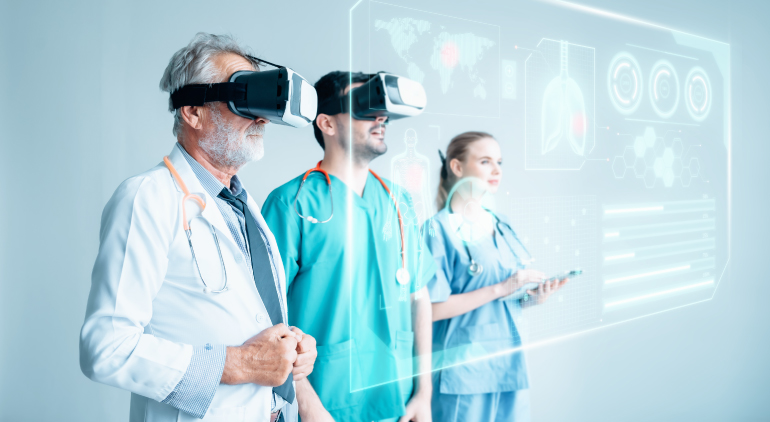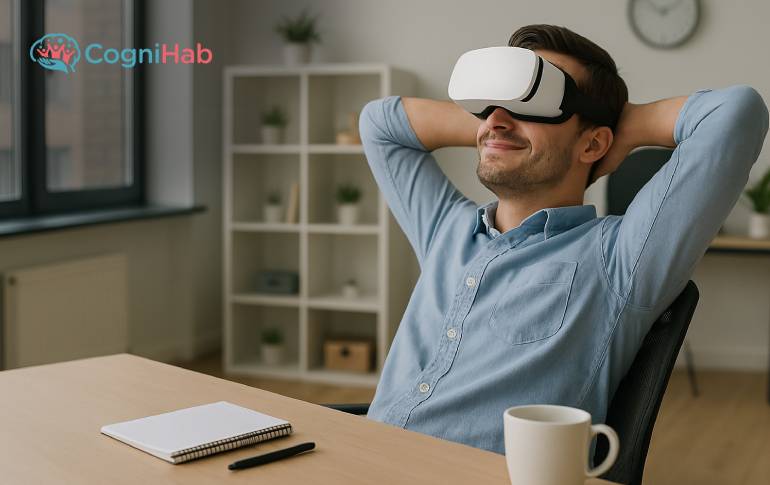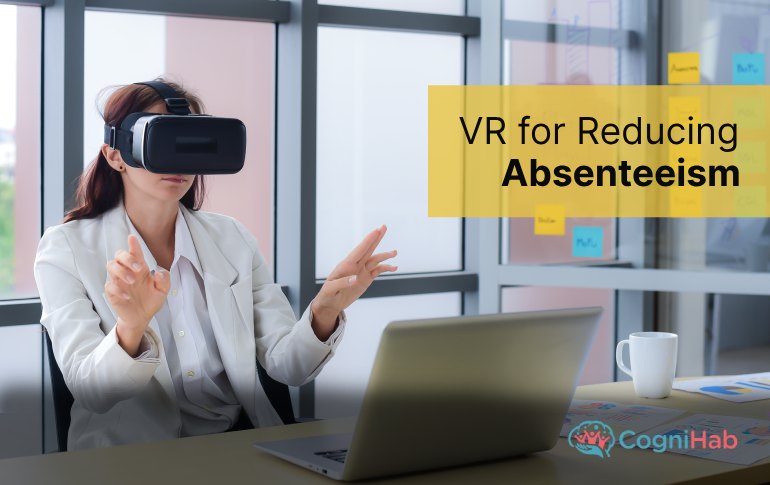Why Do We Need VR in Healthcare: a Brief Tour
If you were wondering how those doctors were doing simulation before surgery, while watching Netflix's "The Good Doctor," this blog is for you. However, surgery simulation is just a part of the many activities VR in healthcare can perform.
Virtual reality, which first appeared in 1958, is a computer-generated simulation that provides the surgeon with computer-processed imaging data. With the help of specialized equipment and software, these images are presented in real time for better clarity.
Additionally, you may be surprised to know that the use of virtual reality in medicine and surgery will reach to 6.2 billion dollar market size by 2029 at 38.7% CAGR. The study further added that virtual reality is going to gain more traction in the near future and boost the treatment. It will also help in medical planning, better diagnosis, and treatment. Furthermore, it has the capacity to treat people with addiction, autism, depression, Parkinson's disease, phobias, and many more.
If you further indulge in comparing the viability of VR healthcare solutions, let us discuss these applications in brief.
VR in Patient Education
Sandi Rodoni underwent two aneurysm surgeries. However, when it came time for her third surgery, the medical team introduced her to virtual reality. It was like a journey inside her own mind. The Stanford Medicine department came up with the idea of combining imaging from MRIs, angiograms, and CT scans to create a 3D model.
The Model assisted Sandi in identifying the ballooning blood vessel as well as the location where her neurosurgeon would insert a clip to repair it. It was a wonderful experience for her that she had not had in her previous two surgeries. She was feeling more confident and optimistic about the surgery. That helped the surgeon to pre-plan the surgery.
VR in Surgery
We can take Sandi Rodoni's example further in the context of surgery planning. In order to practice an upcoming operation, surgeons can use virtual reality in healthcare to travel down to the lab. Because they are practicing on images from the patient's brain instead of a fictitious brain, they can plan the surgery in advance. Virtual reality (VR) can offer a window into human anatomy with the aid of radiology images. The surgeon has a quick grasp of the case's complexity and can accordingly plan the surgery, very much similar to Sandi Rodani's case. With the aim of creating safer procedures, the 3D aspect of the imagery facilitates surgeon planning and enhances surgical accuracy.
Stanford Medicine doctors are using VR technology to treat the brain and spinal cord. According to their statement, these organs are stable and lend themselves to imagery — in contrast to other body parts, which move with blood flow and breathing. However, the use of VR in healthcare is not limited to any body part and has far greater potential than we can imagine.
VR in Medical Education
According to a University of Michigan study, 30% of surgeons cannot operate independently after completing residency. Furthermore, surgical complications affect an estimated 7 million patients worldwide each year. Not to mention that lower-skilled bariatric surgeons have a higher mortality rate than their more skilled colleagues. Source: hbr.org
The use of VR in healthcare has changed simulation as it has become more accessible, effective, and cost-effective. It can be used to practice skills and methods at any time and in any location due to its portability and ease of use. A surgeon only needs a pair of ski goggles and a motion controller for each hand.
Virtual reality technology in training could be beneficial in addressing a variety of significant challenges. Many doctors lack confidence and expertise due to insufficient training or another issue. VR enables resident doctors to continue visiting different cases at their leisure. This improves their abilities.
VR in Mental Health
VR in healthcare serves many purposes. Addressing mental health is one of them. As per the WHO report, every 8th person has any mental illness; the number is equal to almost 970 million people. Most people who witness traumatic incidents suffer from mental health issues and have difficulty adjusting to daily routines, professional work, and self-care. However, in many cases where symptoms are severe, it may take several months, if not a year, to heal. They are even reluctant to see a doctor. Source: who
VR provides a solution with customized rehab programs for such patients. VR has long been used to treat war soldiers' traumatic experiences. It effectively treats phobias, PTSD, depression, and other mental issues with tailored solutions.
VR For Pain Management
VR in healthcare also gains popularity for its pain management capability. It is proven as a distraction that usually helps in soothing pain. It draws the attention of the mind and prevents pain signals from reaching the brain. It's almost as if you're in a hypnotic trance. VR stimulates the patient's physical and sensory systems, activating pain-relieving neurotransmitter systems. VR stimulates the patient's physical and sensory systems, activating pain-relieving neurotransmitter systems.
According to mechanistic theories, VR programming acts as a distraction to limit a person's processing of nociceptive stimuli. VR programming acts as a diversion to reduce a person's processing of nociceptive stimuli by stimulating the visual brain while engaging in other senses.
Wrapping up
Virtual reality in medicine and surgery is increasingly being used in healthcare for the diagnosis, treatment, and other training purposes. As we discover new applications for this incredible technology, things will become more valuable. However, there is no doubt that VR in healthcare is an excellent technology that will benefit humanity.
Cognihab suggests that effective VR suites are delivered to meet the needs of the healthcare technology trends and make healthcare more effective.







